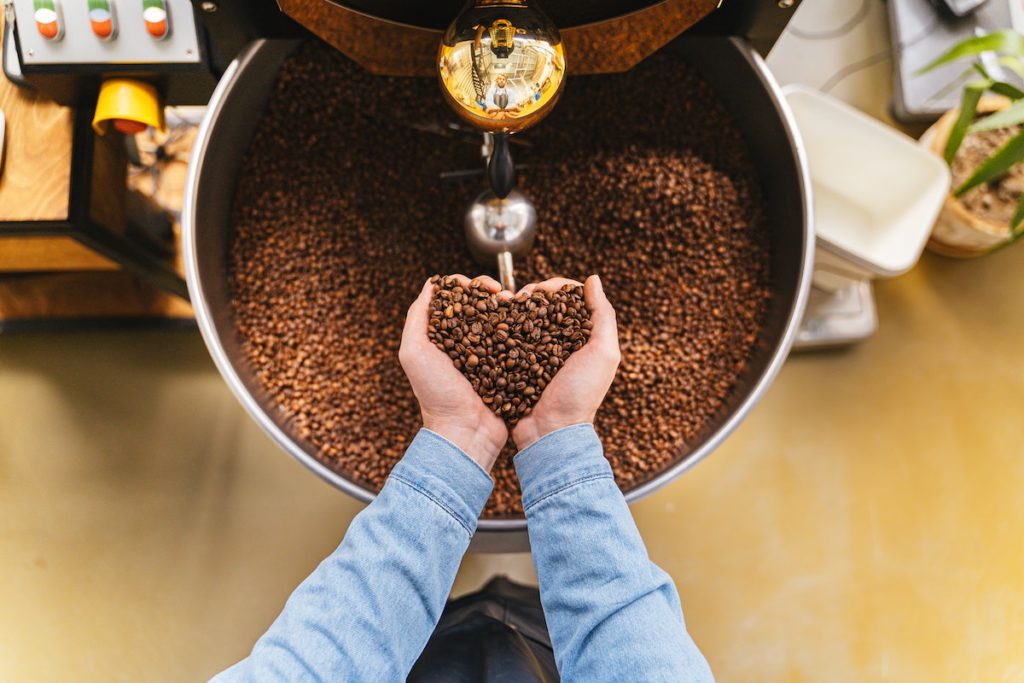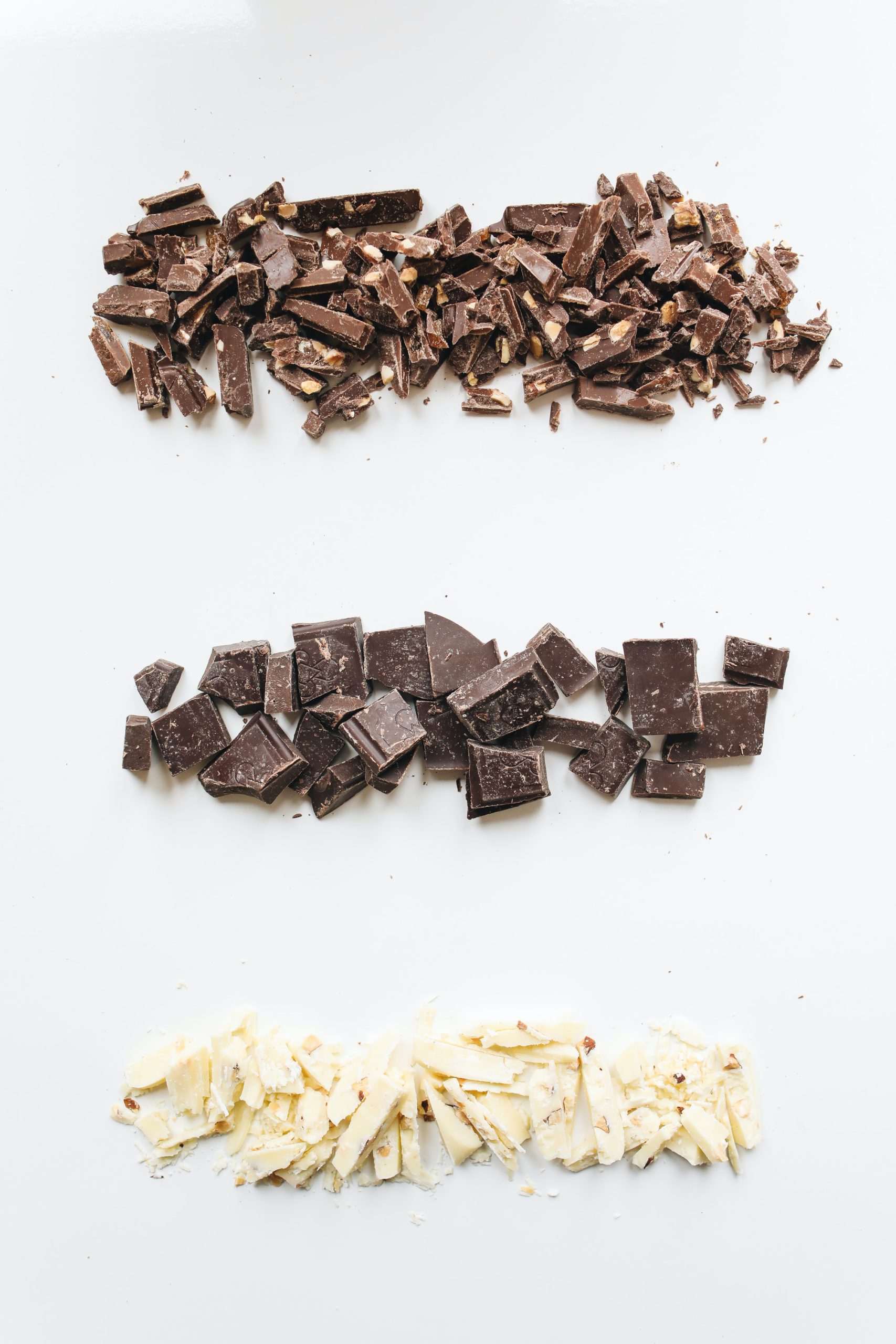
Things You Don’t Know About Cacao Beans
Chocolate is the product of cacao beans, which grow into capsule-like fruits on tropical cacao trees. The cacao tree is still the source of all chocolate and cacao. It starts with Theobroma cacao trees, which grow pods that are filled with cacao seeds, which undergo an extensive process to turn into chocolate that we can purchase at a store.
The cacao tree produces big pods which hold between 20 and 40 beans or seeds. The pods that grow on a tree that produces chocolate are the fruit that we are just talking about. It takes 1 year for the cocoa tree to produce enough pods for around 10 medium-sized chocolate bars.
Each tree produces around 1000 beans per year, but around 1 is enough for just 1kg of chocolate. According to Hershey’s, hundreds of cocoa beans are needed to make a single pound of chocolate. About 1,000 cocoa beans might seem like a lot, but that is just enough to produce two pounds of chocolate. The average chocolate bar can only contain up to 10 per cent of the actual product from cocoa beans, the minimum required by the FDA for the food to qualify as chocolate.
The process to create a chocolate bar out of cacao beans takes roughly one week, according to the artisan chocolate makers at Amano. It takes an incredible amount of labour to transform these bitter cacao beans into something that tastes just as good as a piece of chocolate. Despite the Cacao bean’s royal origins and venerated status, cacao, or cocoa, beans, do not simply turn into chocolate by magic; it takes a fair amount of processing. Chocolate is made of cacao beans, which are roasted, cracked, and flaked, then processed into these sweet treats.
One of the major ingredients in all chocolates is the cacao, or cacao, beans, while white chocolate is made using cream or other dairy products and sugar, and can have less than 10% of the alcohol from the chocolate. White chocolate contains cacao butter but does not contain any of the cacao powder or cocoa solids that give normal milk chocolate and dark chocolate their colour and taste.
 Cocoa beans can be roasted and ground up to form cacao nibs, which can be used to create cacao tea; a healthier, more fragrant beverage than indulgent Hot Chocolate. Then you ate cacao beans, which grow on trees in tropical climates and are used to make chocolate. Well, if you crack the pods off the cocoa trees, inside are a lot of tiny beans, sometimes up to fifty. Considering the average cocoa pod contains 40 beans — that is a fair amount of beans to pick out and collect for making chocolate.
Cocoa beans can be roasted and ground up to form cacao nibs, which can be used to create cacao tea; a healthier, more fragrant beverage than indulgent Hot Chocolate. Then you ate cacao beans, which grow on trees in tropical climates and are used to make chocolate. Well, if you crack the pods off the cocoa trees, inside are a lot of tiny beans, sometimes up to fifty. Considering the average cocoa pod contains 40 beans — that is a fair amount of beans to pick out and collect for making chocolate.
Cocoa beans, when they are pure, are shockingly crispy and extremely bitter – if you are looking for an authentic chocolate flavour, Hotel Chocolate suggests looking elsewhere to get your cacao fix. At Hotel Chocolate, we take some by products of making chocolate from our farms in St. Lucia and incorporate them into our wellness products, making the best use of the healthy properties of cacao beans. Chocolate is all over, but science is still sorting out this beloved product from the Theobroma cacao trees cultivated in domestication.
A bittersweet YouTube video is making the rounds this week, showing farmers growing cacao – some of the most impoverished people in the world – enjoying chocolate for the very first time. As Ozys reporter Rashmee Roshan Lall reports, an increasing number of “bean-to-bar” chocolate entrepreneurs, such as Madecasse, who works with cocoa farmers in Madagascar, are helping redefine the business of chocolate. Many, many cocoa farmers, such as Alphonse (and not only in West Africa), are earning next to nothing for their involvement in many parts of the cocoa supply chain, while retailers and companies such as Mars and Nestle are reaping the billions sold by chocolate bars.
More than 70% of the world’s cocoa comes from West Africa, providing much of the cocoa used in mass-produced chocolate. Cacao chocolate production has tripled since the 1960s, particularly in countries of the tropical belt region. The Ivory Coast, Nigeria, Cameroon, and Ghana The top producers of cocoa are Ghana–70 per cent of the world’s cocoa beans are from Ivory Coast. However, in recent years, the global production of chocolate has been devastated by changing local weather conditions, especially in terms of changing rainfall levels at several key cocoa farms.
Chocolate comes from cacao trees, formally known as the Choconut Tree, which is highly sensitive and sensitive, requiring protection from winds and needing shading, particularly during its earliest years. The cocoa plant, known also as theobroma cacao, or the god’s food, is known because of the cacao plant’s role in creating chocolate. Every chocolate candy bar you have ever had, every chocolate ice cream, chocolate pie, chocolate cake, fudge brownie, chocolate Easter bunny, chocolate milk, and every steaming cup of hot cocoa you have ever had — it all comes from cacao trees.
Some of the best, strongest, most complex chocolatey flavours I have experienced anywhere are found in cacao seeds right off the fruit – they are certainly not fermented, not roasted cacao beans. If you have ever had the raw cacao nibs sold as dried, they are very close in taste to eating raw chocolate, though even those fresh from the fruit had a soft texture and nutty taste I did not get with the dried stuff. Short of eating fresh cacao fruits in their entirety, eating cacao nibs combined with nuts and dried fruit is all I can ever want, or need, from chocolate.
In their raw state, plucked from tangy-sweet, gooey white flesh that lines the inside of large, football-shaped pods, cacao seeds are bitter and indistinguishable as chocolate to a modern American palate. About 500 cacao beans will yield one pound of bittersweet chocolate. Reuters reported in 2016 that the global chocolate industry was already dealing with an astounding supply shortage of 180,000 tonnes of raw cacao.